Make a PLC Ladder diagram for Automatic car washing process using PLC program in RSLOGIX 500 software.
Automatic Car Washing
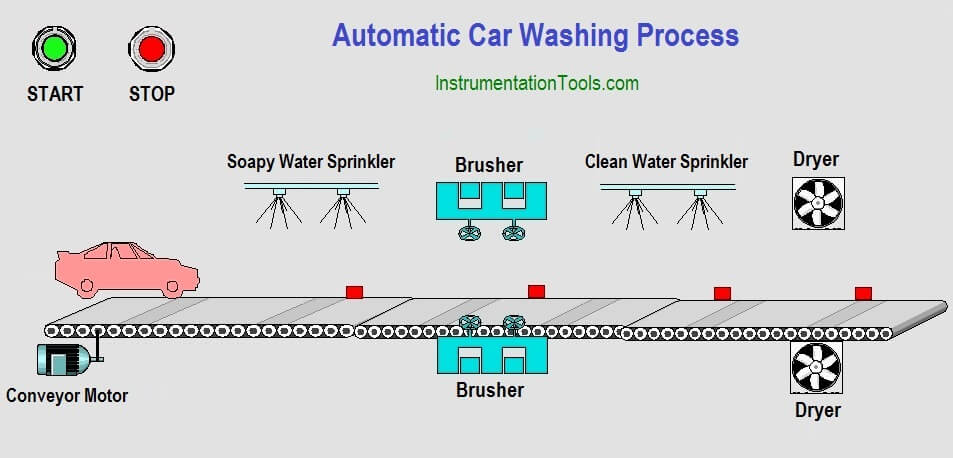
Problem Solution
- Car entry sensor triggers the process and turns conveyor belt ON to move the car.
- Soapy water sprinkler turns ON when stage 1 sensor detects the car and do the process for certain time.
- Brusher turns ON when stage 2 sensors detects the car and do the process for certain time.
- Clean water sprinkler turns ON when stage 3 sensors detects the car and do the process for certain time.
- Dryer turns ON when stage 4 sensors detects the car and do the process for certain time.
- Car exit sensor triggers conveyor motor to turn off.
- Program done in Allen Bradley RSLogix 500 PLC Software.
List of Inputs and Outputs
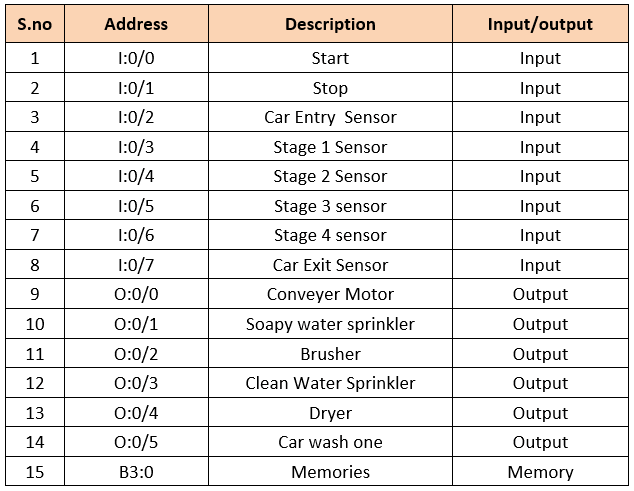 Car Washing PLC Ladder Logic
Car Washing PLC Ladder Logic
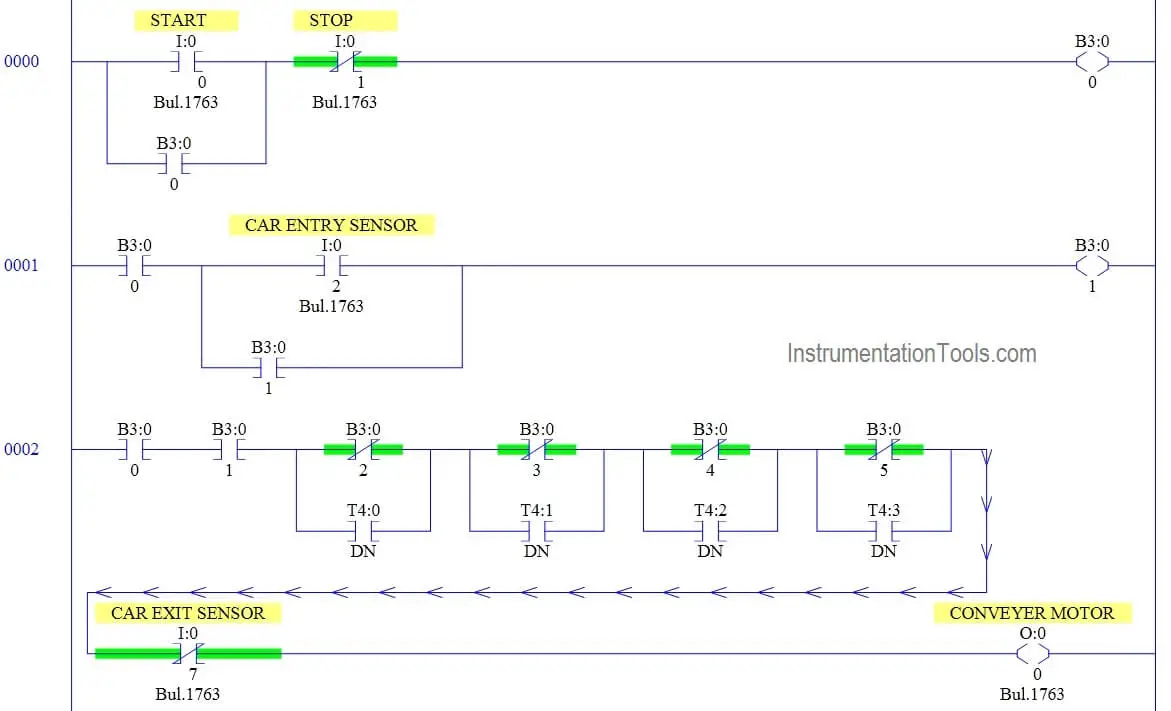
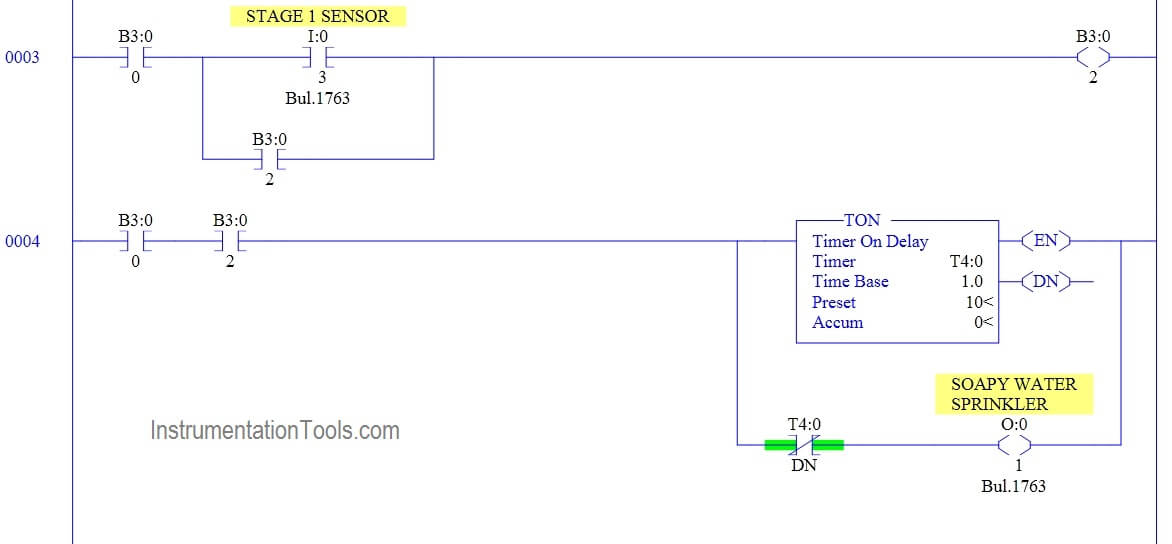
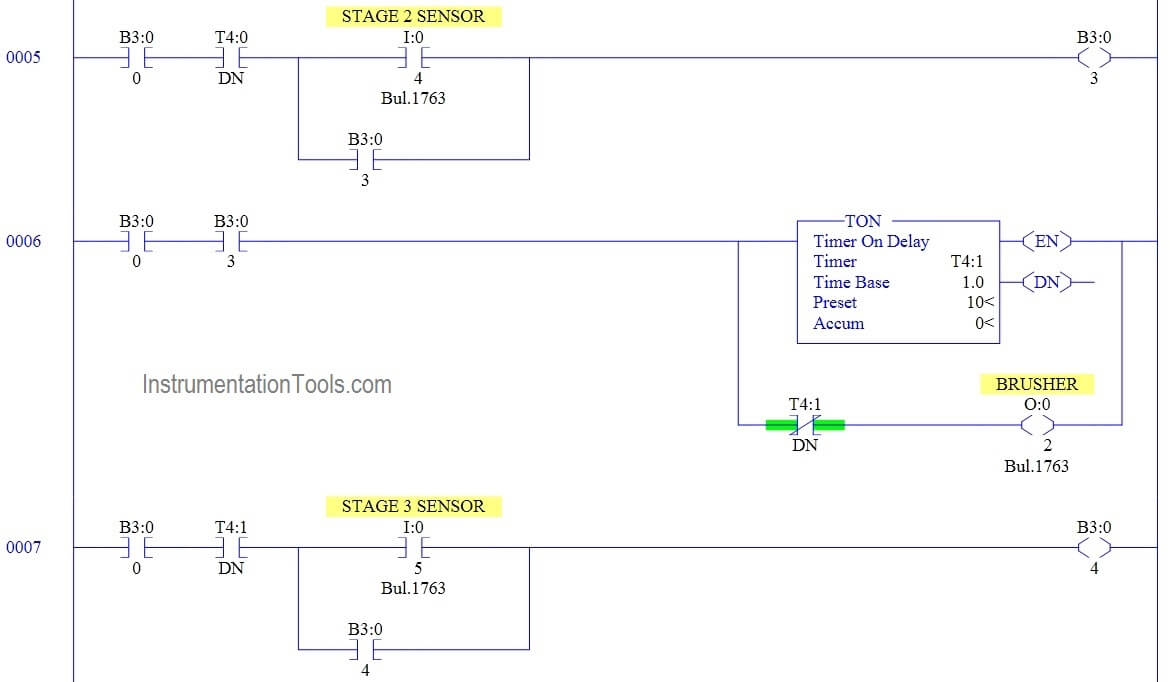
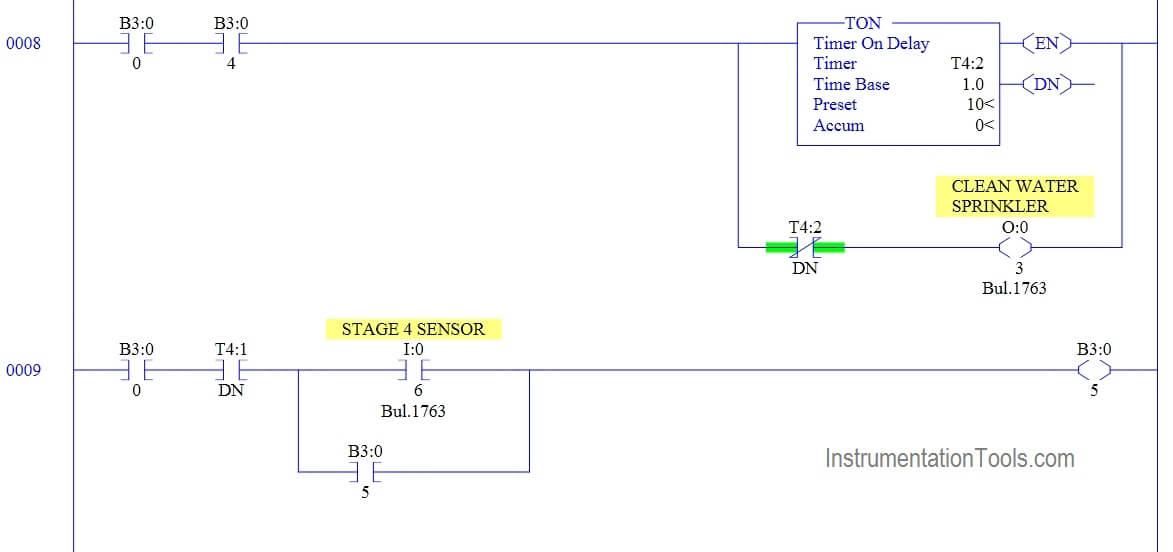

Program Description
The ladder logic of Automatic Car Washing Process using PLC Ladder Diagram explanation as follows :
RUNG 0000
Latching rung to operate the system through Master Start and Stop PB.
RUNG 0001
Car entry sensor triggers the memory bit which will turn on conveyor motor
RUNG 0002
ON/OFF operation of conveyor motor is happening in this rung using various conditions like Sensor input and timer done output.
Rung 0003 & 0004
When car reached stage 1 sensor conveyor motor should stop and water sprinkler should ON for 10 sec.
At the end of water sprinkler timer, Conveyor will again ON because of the parallel contact in rung 0002.
Rung 0004 & 0005
When car reached stage 2 sensor conveyor motor should stop and brusher should ON for 10 sec.
At the end of brushing process, Conveyor will again ON because of the parallel contact in rung 0002.
Rung 0007 & 0008
When car reached stage 3 sensor conveyor motor should stop and water sprinkler should ON for 10 sec.
At the end of water sprinkler timer, Conveyor will again ON because of the parallel contact in rung 0002.
Rung 0009 & 0010
When car reached stage 4 sensor conveyor motor should stop and water sprinkler should ON for 10 sec.
At the end of water sprinkler timer, Conveyor will again ON because of the parallel contact in rung 0002.
Rung 0011
When car reached exit ,car exit sensor will trigger the car wash done indication lamp(O:0/7)
Conclusion :
The above explained automatic car wash using PLC is for example only. It may vary from real time.
If you liked this article, then please subscribe to our YouTube Channel for PLC and SCADA video tutorials.
You can also follow us on Facebook and Twitter to receive daily updates.
Read Next:
Bottle Filling System using PLC
Logic for House Stair-Case wiring
Industrial Conveyor Ladder Logic
Lamp Control Condition using PLC
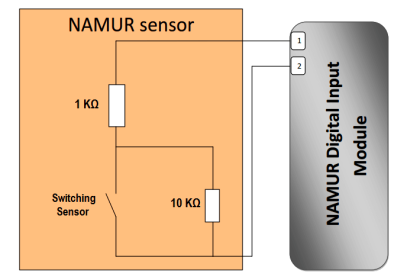
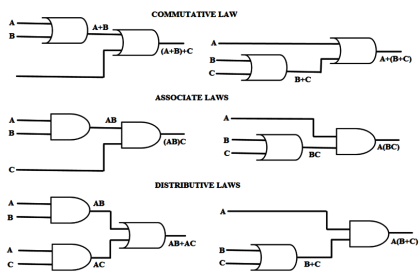
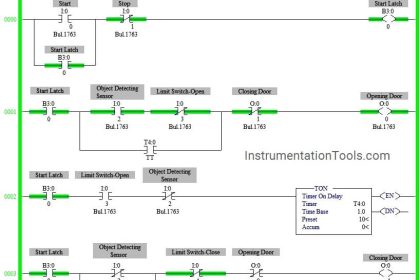

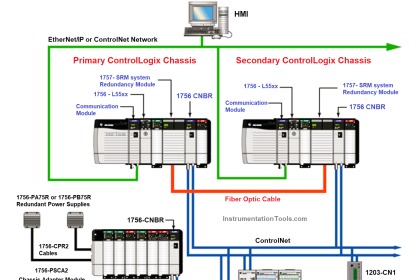
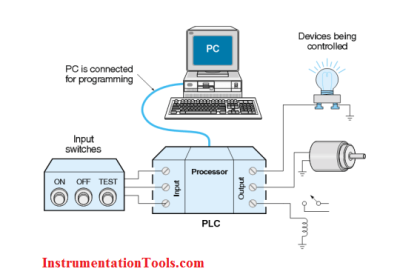
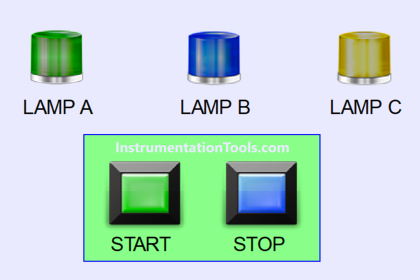

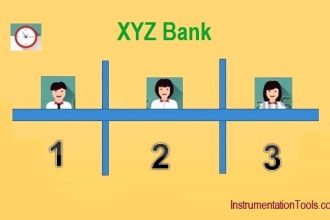
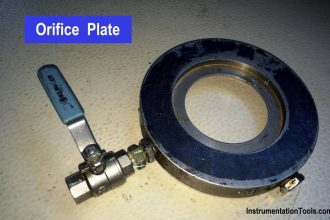
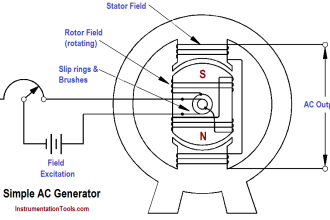

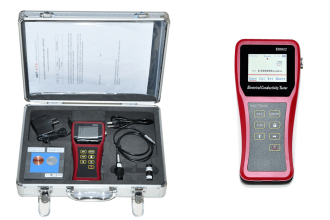
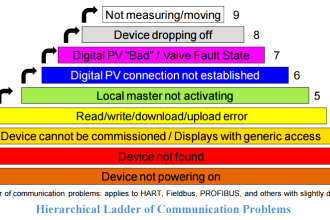
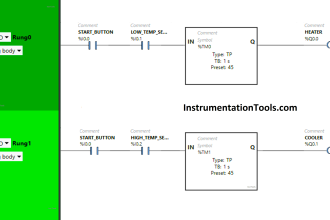
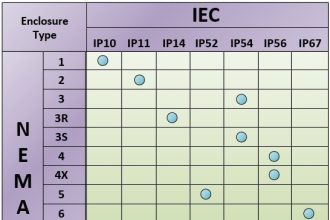

Hi, the author!
I have some ideas about this particular problem. I think we don’t need a timer for any stage here. Each stage will be activated by a sensor while the motor driving the conveyor in a constant speed. Once the car moves pass the sensor, the stage will be deactivated right away and the next stage is on as long as its sensor detects the car.
I think it’s simpler and you can see car wash tunnel system on Youtube to check the idea I proposed.
Great, thank you for spreading your knowledge.